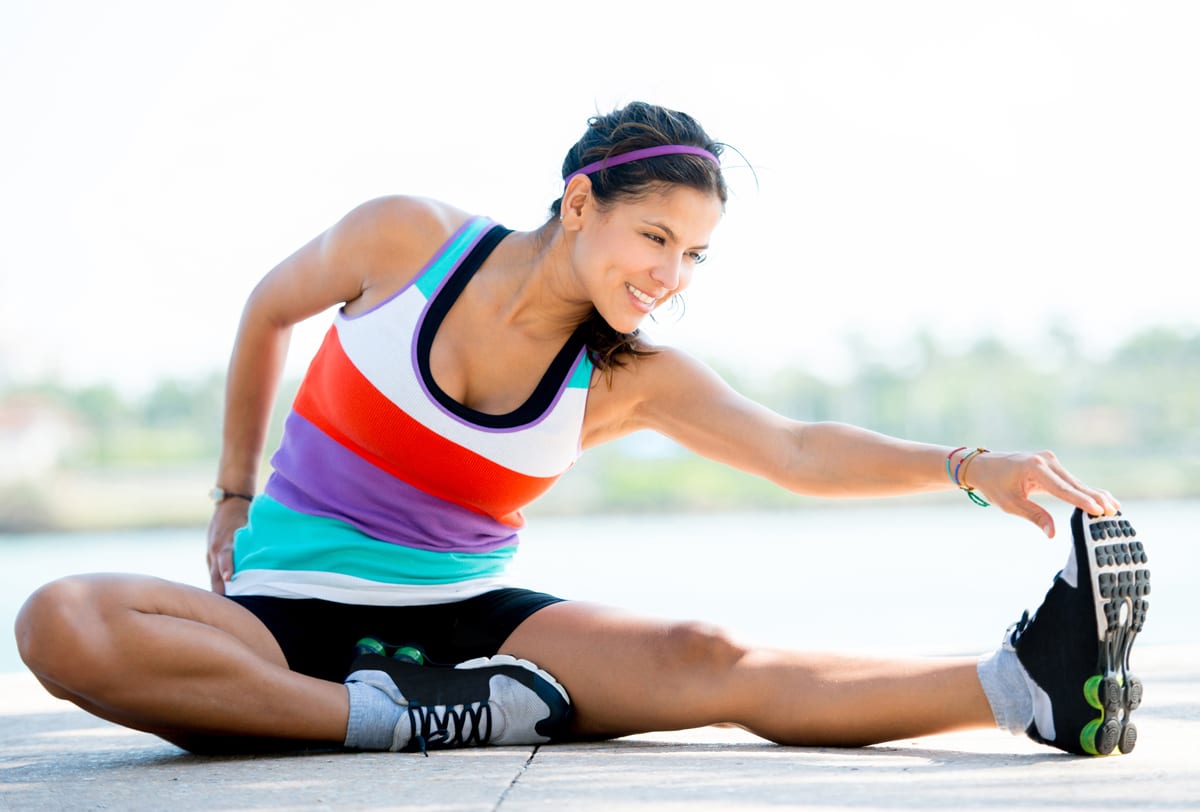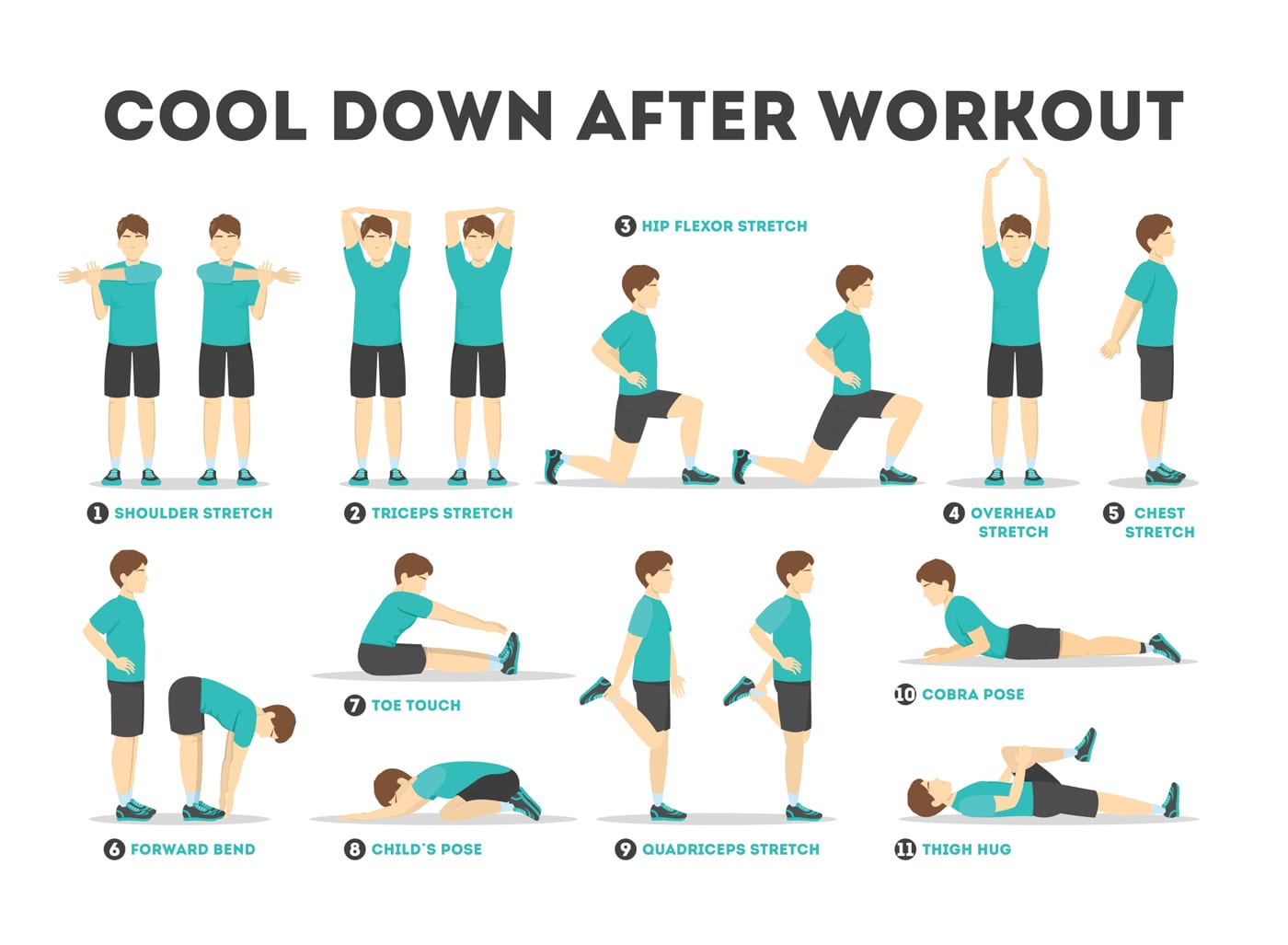Flexibility is the capability of a person to perform its full range of motion without any pain or discomfort. This is important in daily activities such as walking, running, bending, and lifting. But life takes a toll on flexibility as the years go by, and it significantly decreases. So it’s best to be mindful of your flexibility to gain its benefits continually.

Injury Avoidance

When one has optimum flexibility, inefficient and awkward movements are eliminated. This allows the free flow of joints for the complete range of motion. The typical problem in people with poor flexibility is a pain in the lower back area because of the tightness of the iliopsoas, back muscles, and quadriceps. It can also be the result of weakness in the hamstrings and abdominal muscles.
Tight muscles may yield more muscle tears on one or both sides of a joint. If a joint has a normal range of motion or ROM, it can prevent injury. Flexibility can help achieve this. Athletes that require greater ROM should have more flexibility to help protect themselves from further injury.
Overall, when the muscles are lengthened and opened, the entire body will have better functionality. Looser muscles will have fewer pains and aches. Muscle cramps can be avoided altogether.
Enhancement of Balance and Posture
Muscular flexibility will also lead to improved posture and balance. An increased range of motion will allow more proper alignment for your body.
It also reduces muscle soreness, especially if you do gradual movements and hold these positions for thirty seconds without pain.
If the muscles are not aligned, it will take more effort to keep good posture throughout the day.
Flexibility helps keep your alignment in tiptop shape to decrease these risks. If the joints are flexible, they will require less energy to move.
Stretching also alleviates the resistance in muscle tissue during physical activity, helping increase the flow of nutrients and blood to the tissues.
This is possible because flexibility exercises increase the temperature of tissues and improve the overall circulation.

Physical Performance Improvement

Inactivity leads to the loss of the flexibility and suppleness of muscles. This makes them vulnerable to pains, aches, and tears. This loss of flexibility can affect changes in muscle functionality and can impact physical performances.
To become more physically fit, you need to combine flexibility training with strength improvement. This will ensure that the muscles will have sufficient tension and endurance to support movements. If they are more flexible, they will have more efficiency.
If a joint has a more excellent range of motion, it can perform several movement skills with greater efficiency. Strength with flexibility can help people control their movements better. Athletic performances can be achieved better with improved flexibility and increased range of motion.
Did you know?
By overstretching a tendon by only 4 percent may cause long term harm
The boggling part is that flexibility training is often overlooked in sports and athletic practices. This fitness aspect should not be neglected as it can significantly bolster the individual performances of athletes and prevent injuries from happening.
With improved flexibility, aerobic fitness training is boosted. Sport-specific movements, muscular endurance, and body strength can increase with a better range of motion. Flexibility can decrease stiffness in athletes who perform at higher intensities and frequencies.
For optimum body performance, the entire length of the muscle should be used for strength and power. However, if the muscles are tight, they may not supply the explosiveness needed for a specific movement. For example, in sprinting, if you have tight hip flexors, you will not be able to have the full burst. Flexibility should never be ignored.
A Positive Mindset
Beyond the proven physical benefits of flexibility exercises, they can also instill a more relaxed mindset as you focus on your stretching routines. This mindfulness can help sharpen your focus as you concentrate on each muscle stretching.
Stress is inevitable in daily life, and this can take a toll on our bodies and mental health. Stretching is a form of relaxation that can reduce these health concerns, including energy restoration and self-encouragement.
As you perform flexibility exercises, you can do breathing exercises that help your body receive more oxygen. In turn, this helps stabilize blood pressure, slow your heart rate, and take away your anxiety. This can also be a time to do meditation exercises that encourage a sense of peace and body awareness.
A trainer is essential for the supervision of stretching to help you keep your attention focused on the flexibility exercises.
How to Improve Flexibility Further

There are no shortcuts to the maintenance of flexibility other than regular stretching. This must be done at least once a day. You don’t even need to be a gym buff to stretch. Also, if you are in front of your television or office desk, you can incorporate efficient yet straightforward stretching exercises.
The rule of thumb is to focus on large muscle groups that we tend to overlook and ignore, such as hamstrings, hips, shoulders, calf muscles, and lower back. As we grow older, these muscles tend to become stiff or sore because of misuse. But always be mindful not to overdo it as it can cause injuries.
For your regular exercise programs, you can integrate flexibility exercises as well, whether it’s strength training or aerobic exercises. You can improve the overall quality of your joints, muscles, and health.
When you include yoga in your training regimen, you also boost your mental capabilities. That unique balance between the brain and the body can work wonders, such as improved muscle toning and lung capacity enhancements.
Experts, however, are keen not to recommend stretching before any form of exercise. According to the Harvard Health School, the new line of thinking is that it’s better to do a light workout routine to warm up the muscles first before you proceed to do any flexibility exercise.

The reason behind this is that it gives more time for the oxygen and blood to flow to the muscles. After a five to ten-minute warm-up, your muscles are more supple for stretching. This is also an effective cooldown regimen.
Apart from physical tasks, flexibility can also improve with the right nutrition and diet. If you load up on sugary and fatty food, you can worsen your flexibility. A balanced diet can help support joint mobility better.
Other Articles you may like.
Hamstrings and Calves Stretch
Often hamstrings and calves can become tight as a result of poor posture, always sitting down as a result of our inactivity sedentary lifestyle. This lifestyle shortens the gip flexor muscles cause the hamstrings to tighten.
Abdominal Ball Crunch with Twist
The Abdominal Ball Crunch with Twist requires controls and strength to undertake. The ball provides lots of lateral movement that requires the core intelligence to work. This exercise helps tone the tummy muscles as well as strengthening your spinal muscles that will...
Ab Hip Raise
The Abdominal Hip Raise, Ab Hip Raise, or often referred to as “The Bridge” is designed to strengthening the core abdominal muscles and Quads. These muscles support the lower back, spine and help with your posture. Find out more.





